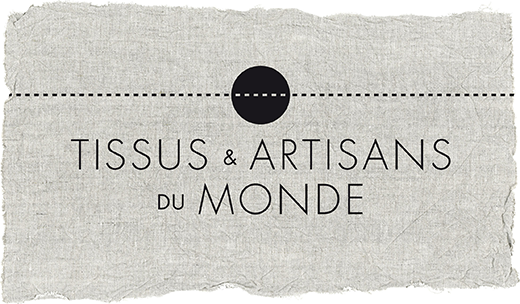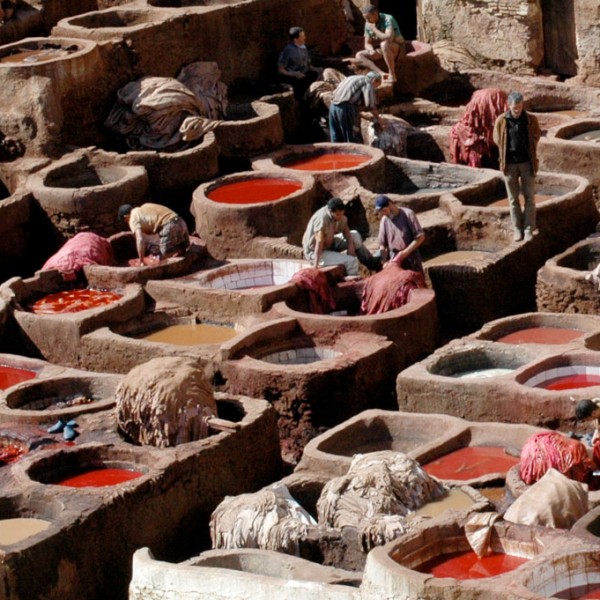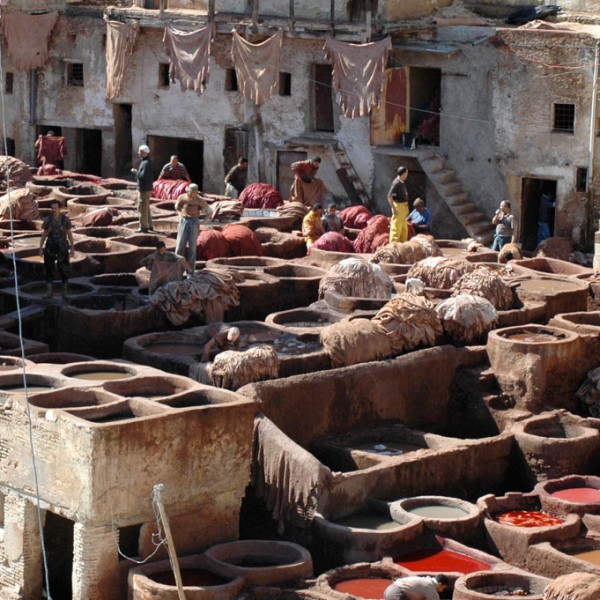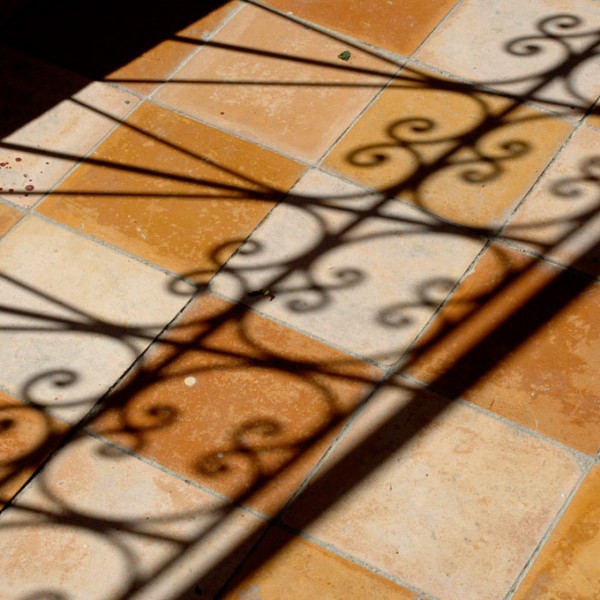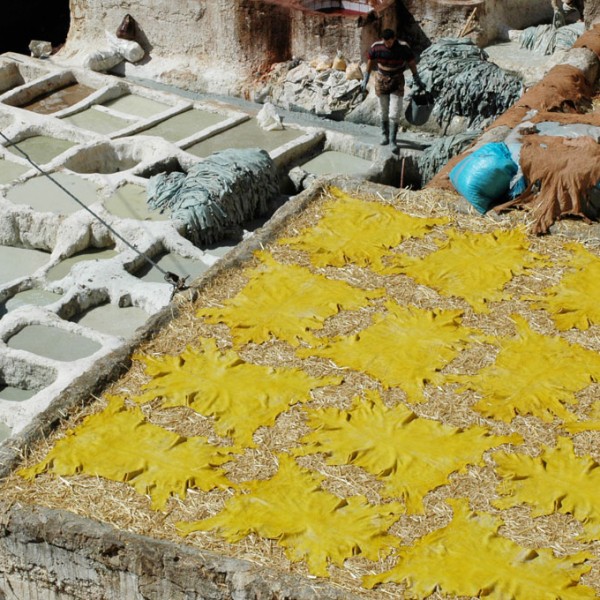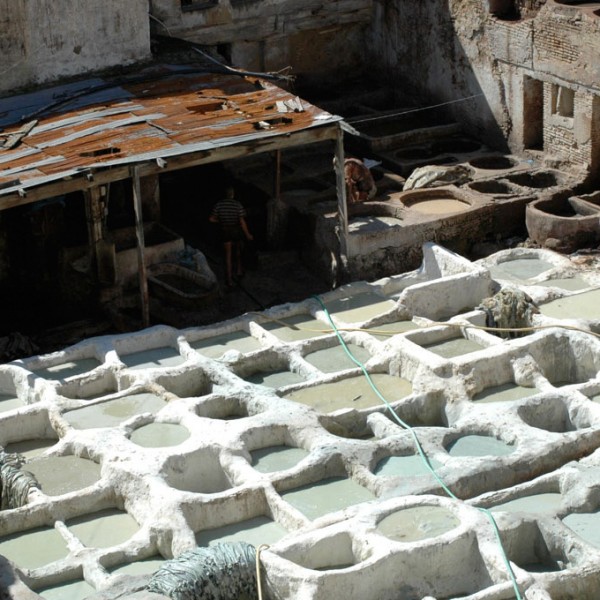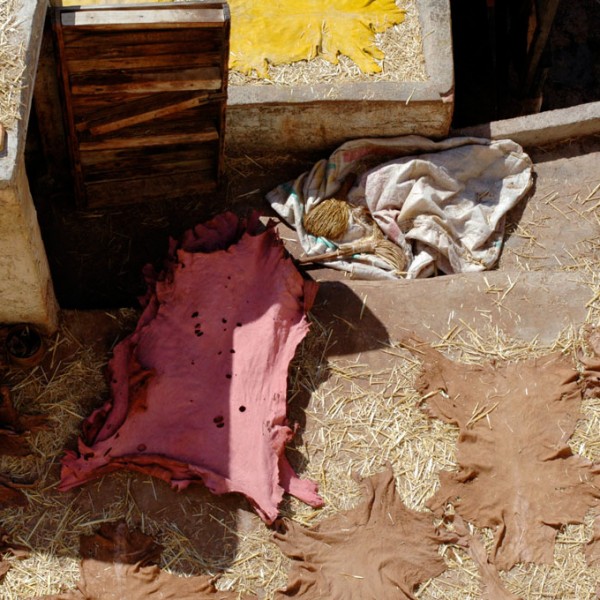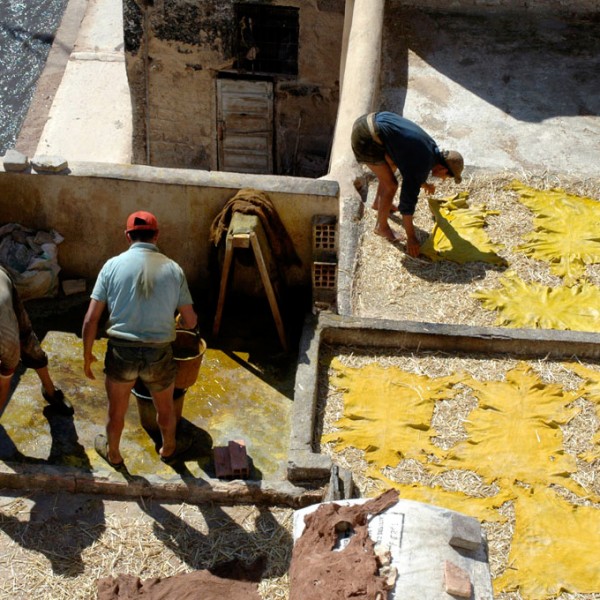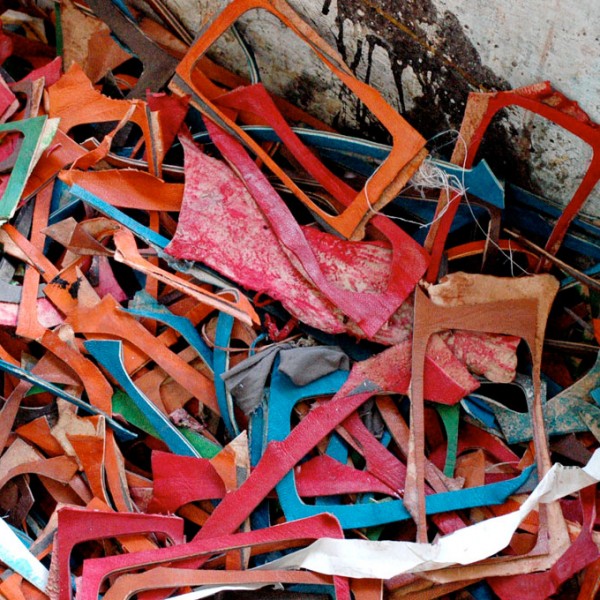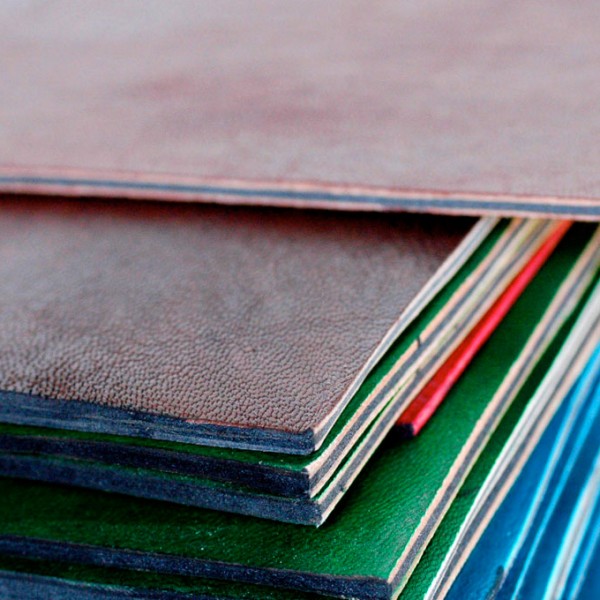Fez is the third largest city in Morocco but also and especially the traditional and spiritual heart of the country and the city of leather. In the depth of the medina, designated as a World Heritage Site by UNESCO, is taking place in what we call the “Chouara”: the famous tanneries district, which has remained unchanged since the Middle Ages. The Fassi people (Fez residents) are proud to have kept the ancestral know-how. Leatherworkers continue to dye and treat skins according to tradition.
There, looking over from the surrounding houses terraces, the visitor is offered the unique and impressive show of open space tanneries. Men are moving from the white tanks filled with white wash to the pigment colored jars, to deal with the transformation from the animal skin into leather. Bare hand immersed into the turbid waters and tanks of pigments, subjects to the chemical fumes and the nauseous smells of rotting skins, tanners are wandering from one vat to another and working tirelessly. Their job is a tough one, requiring dedication and courage. They are often members of the same family, working together and living near by the Chouara.
How to turn cow, goat or sheep’s skins into leather? It is a real experience to watch the incessant ballet of those skins of all colors, flowing from hand to hand, stacked on top of each other, then spread on straw to dry in the sun once treated with pigments.
It takes several weeks to process the skins through the necessary steps which will transform them into pieces later used to produce leather goods. First is the soaking step to remove all the hair from the skins. Then they are dived into clear water, and next put in white wash tanks for several weeks to be bleached and cleaned up. Then comes the tanning stage to preserve and soften the skins: by soaking them into tannin, a plant chemical extract such as the oak or chestnut’s barks. Once dried in the sun, you finish with the dyeing process: skins are deep dyed in different tanks of pure color, an explosion of bright strong colors such as crimson red, saffron yellow, royal blue… Leather skins are then ready to be delivered to the leather craftsmen.
